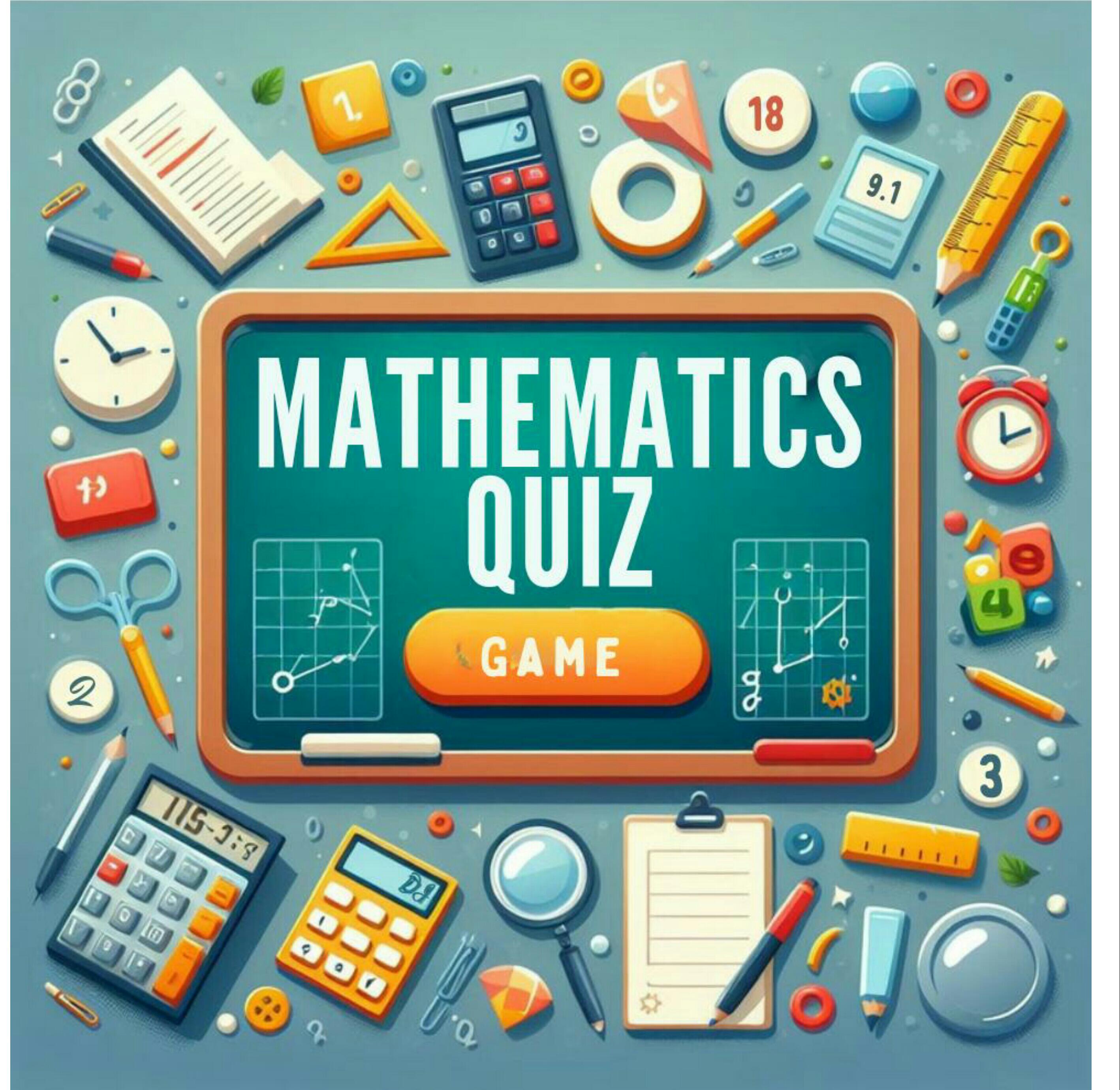Desktop site for perfect viewing Quiz 1 Fullscreen Mode Binomial and Geometric Distributions Two Special Discrete Distributions In statistics, there are two discrete distributions commonly used to model situations involving success or failure outcomes: binomial distribution and geometric distribution . Both involve repeated independent trials with a constant probability of success. Binomial Distribution The binomial distribution is used to calculate the number of successes in a fixed number of trials. For example, if we roll a die 4 times and want to know how many times we get a six, we can define the random variable R as the number of sixes rolled. Here, R can take values 0, 1, 2, 3, or 4. Parameters of Binomial Distribution: n : Number of trials (e.g., n = 4 ) p : Probability of success in each trial (e.g., rolling a six is p = 1/6 ) q : Probability of failure ( q = 1 - p = 5/6 ) ...







